NSG 513 - BSN Course Development: Quality, Safety, and Leadership
VerifiedAdded on 2022/08/14
|5
|710
|18
Homework Assignment
AI Summary
This assignment focuses on the development of a BSN course on quality and safety for the Ratched School of Nursing. The course aims to integrate the six QSEN competencies: patient-centered care, teamwork and collaboration, evidence-based practice, quality improvement, safety, and informatics. The assignment includes detailed learning objectives (LO1-LO7) for the course, covering areas such as patient assessment, quality improvement, collaborative work, leadership, evidence-based practice, safe care, and health informatics. Part 2 of the assignment presents a gap analysis of the existing course, specifically addressing cultural competency. This analysis identifies gaps related to the increasing cultural diversity in the workforce and proposes learning objectives (LO1-LO3) to enhance cultural competency among nurses, fostering respect, minimizing conflicts, and promoting effective interaction with diverse populations. The assignment concludes with a summary that emphasizes the importance of cultural competency in the globalized healthcare environment.
1 out of 5
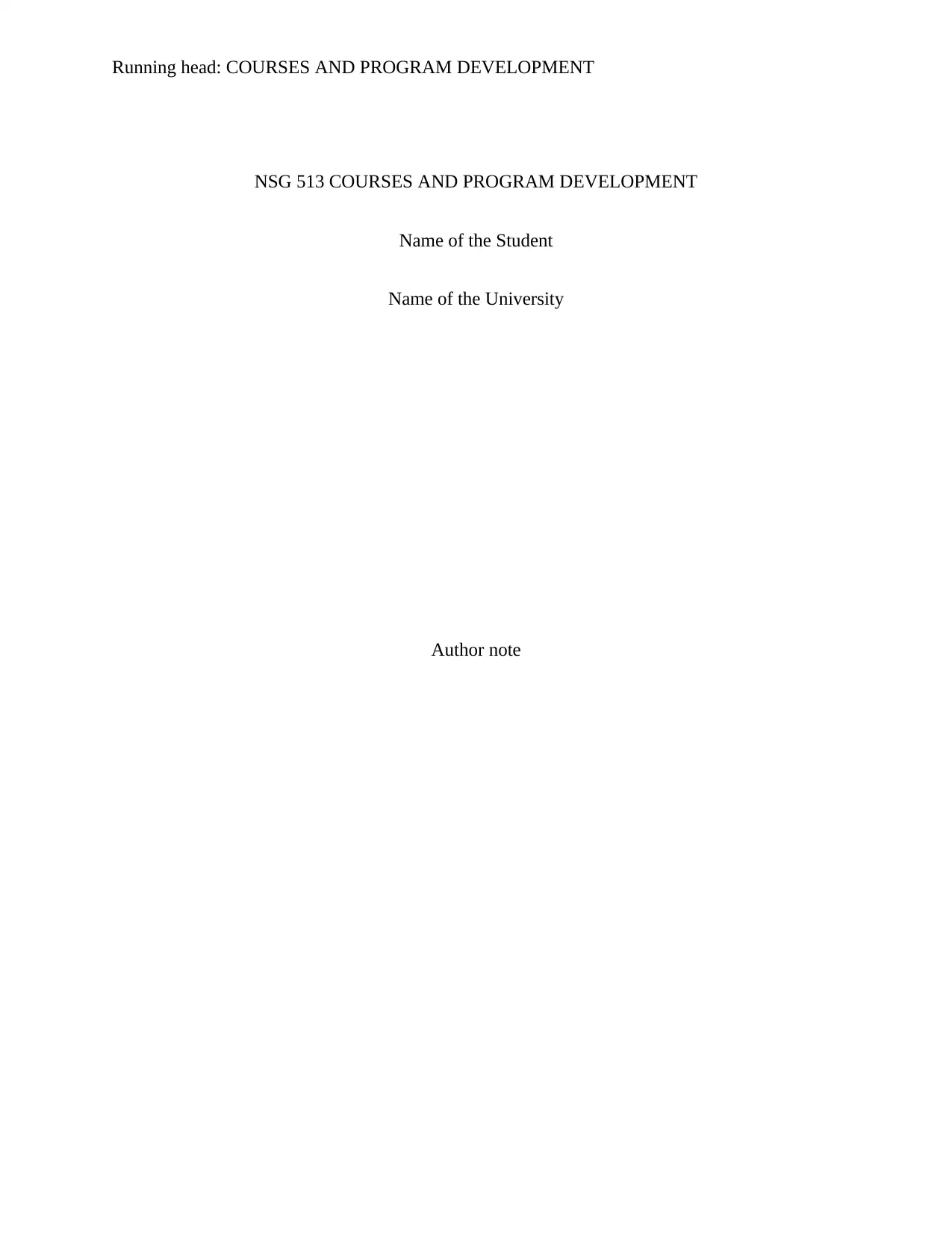
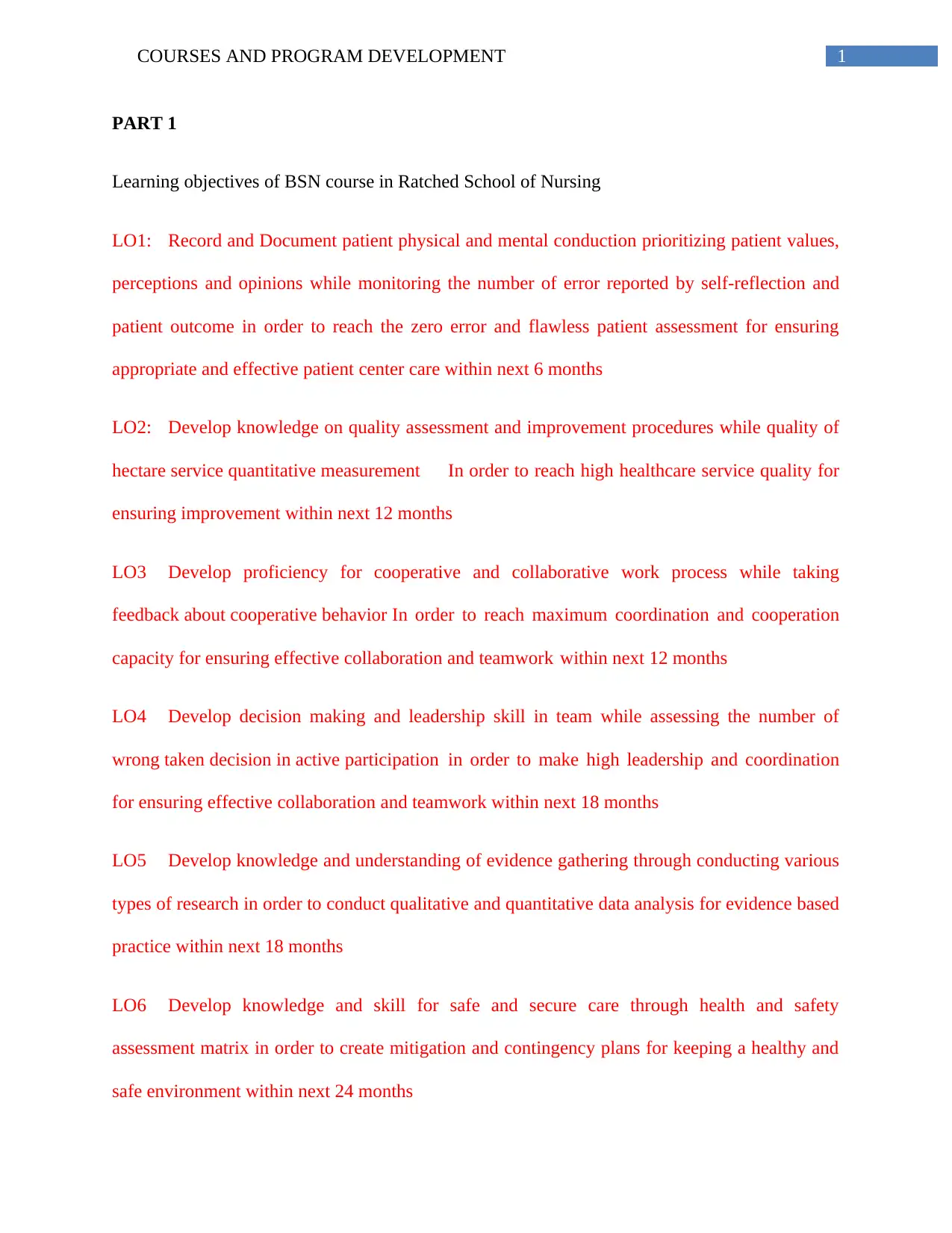
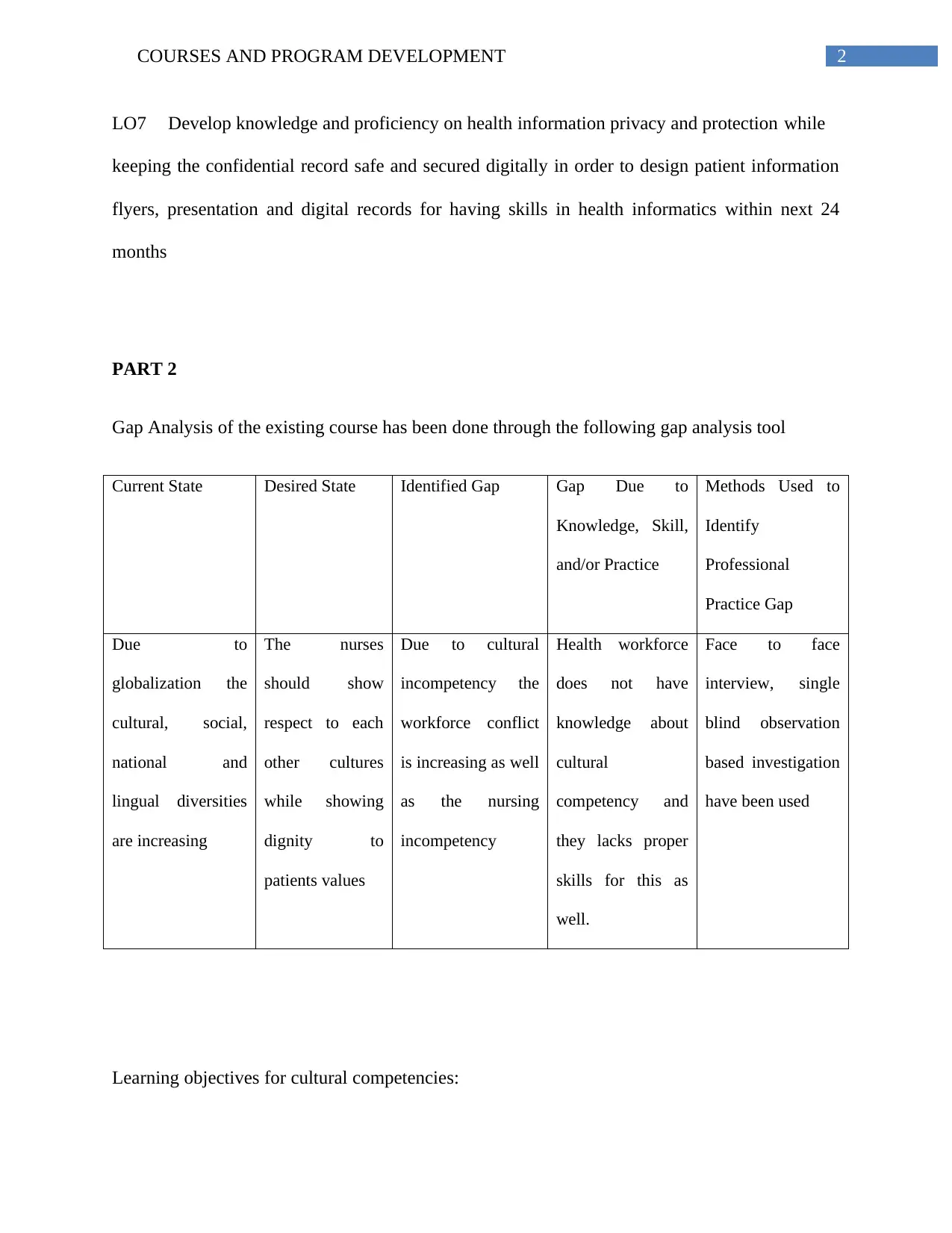

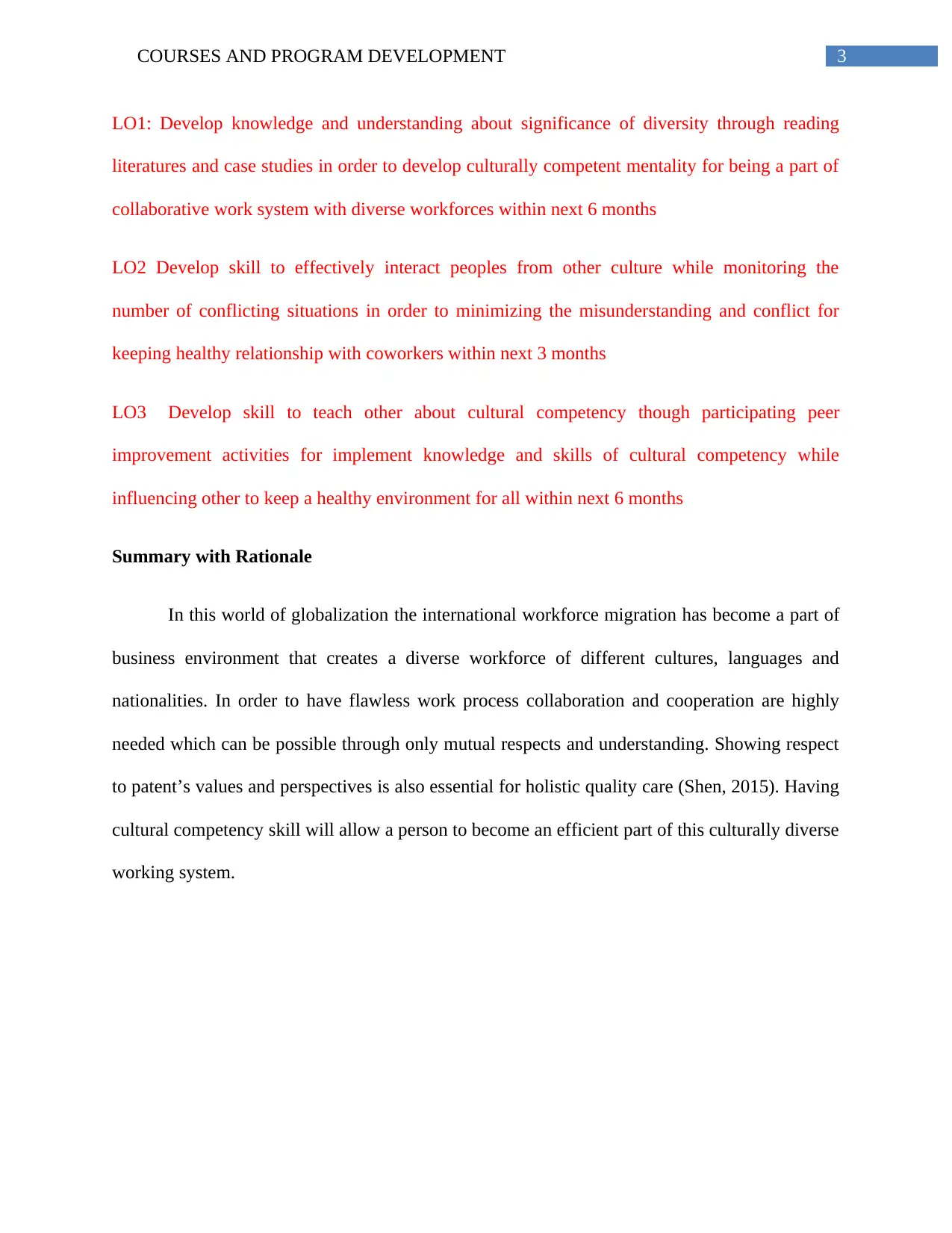
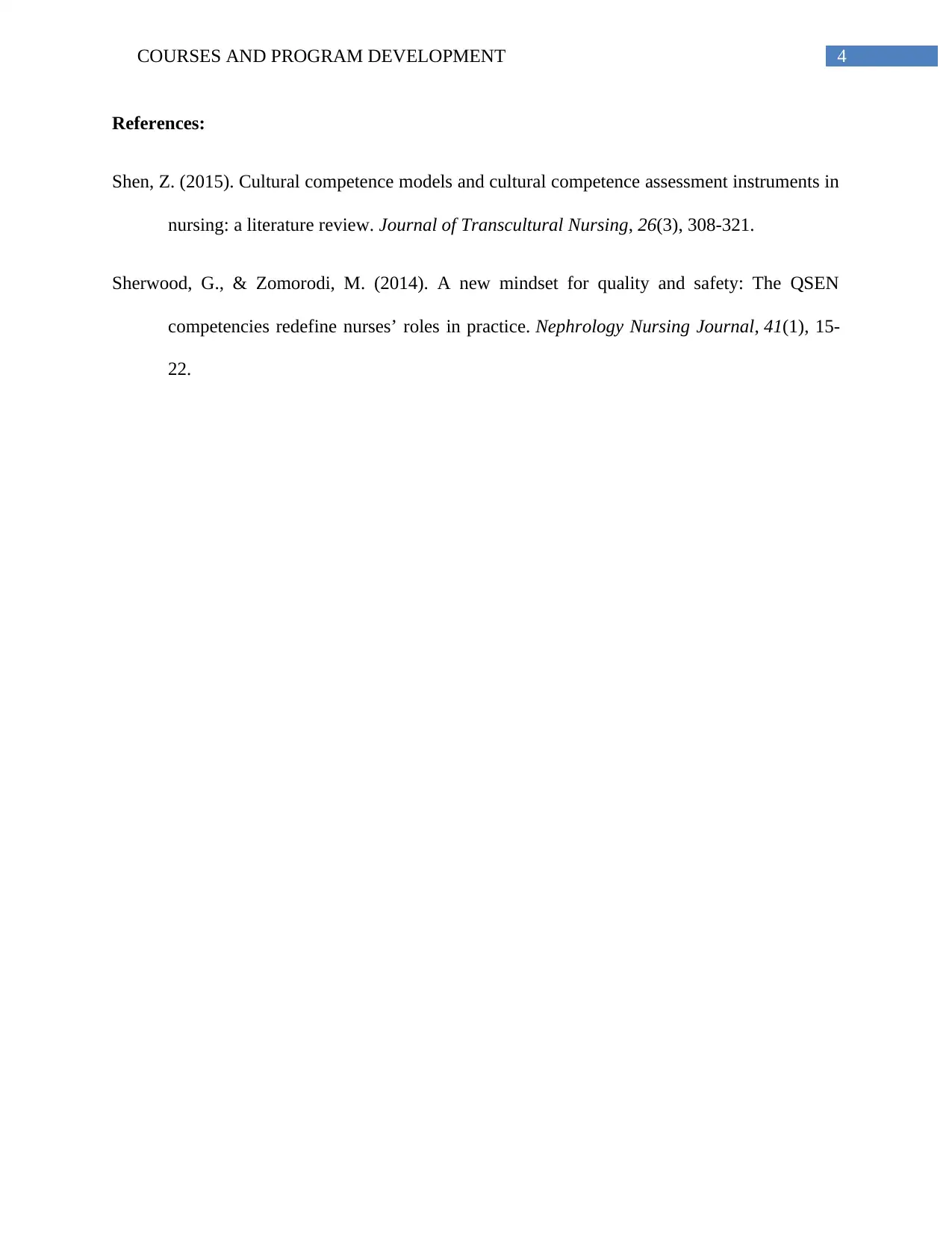






![[object Object]](/_next/static/media/star-bottom.7253800d.svg)